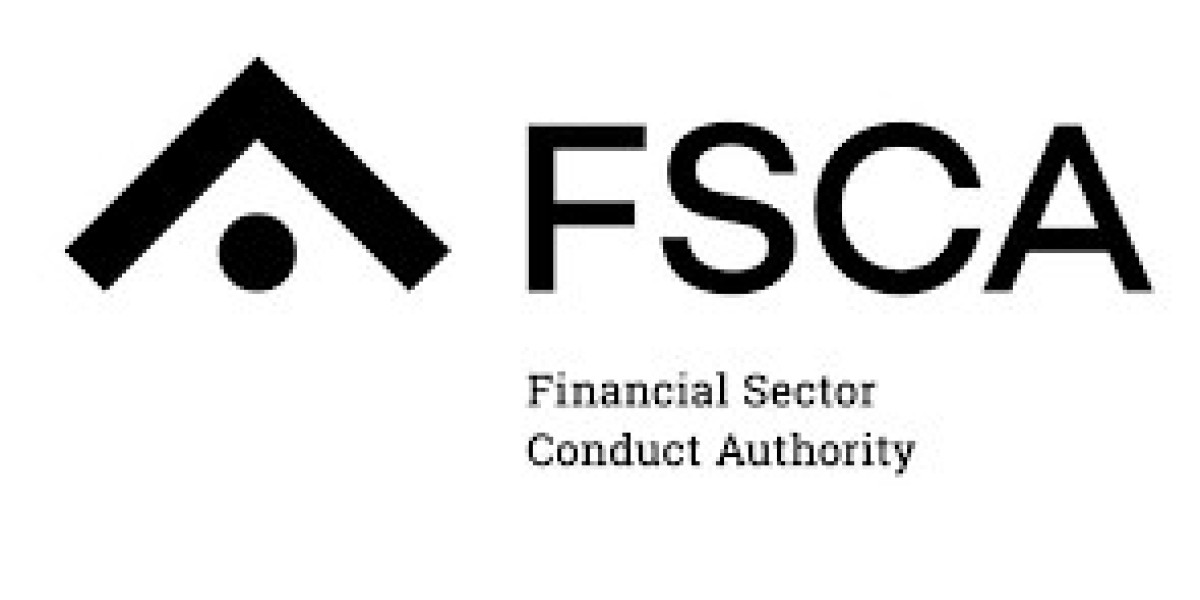The Financial Sector Conduct Authority (FSCA), South Africa’s market conduct regulator, finds itself increasingly in the eye of the storm. Tasked with ensuring transparency, fairness, and integrity across the nation’s financial services landscape, the FSCA has been caught between heightened public scrutiny, industry pushback, and the growing complexity of global financial markets. As questions of governance, consumer protection, and regulatory efficiency rise to the forefront, the FSCA’s role is both more critical—and more contested—than ever before.
The FSCA’s Mandate and Responsibilities
Established in 2018 to replace the Financial Services Board (FSB), the FSCA was designed to promote financial market integrity and protect consumers in the wake of corporate scandals and regulatory failures. Its mandate covers banks, insurers, pension funds, financial advisors, credit providers, and all institutions interacting with consumers in the financial sector. Unlike the South African Reserve Bank, which oversees prudential stability, the FSCA focuses on conduct: ensuring firms treat customers fairly, preventing abusive practices, and promoting transparency.
Why the FSCA is Under Pressure
In recent years, the FSCA has faced a growing number of challenges that have thrust it into the “eye of the storm.” These include:
Corporate Scandals: High-profile collapses like Steinhoff and Tongaat Hulett exposed regulatory blind spots, raising questions about whether watchdogs, including the FSCA, acted decisively enough.
Consumer Complaints: Rising dissatisfaction among consumers—who often feel exploited by hidden fees, aggressive credit lending, and misleading investment products—has intensified pressure on the regulator to act more swiftly.
Political and Institutional Pressures: As financial regulation becomes more politicized, the FSCA has had to navigate tensions between government priorities, industry lobbying, and its independence as a regulator.
Global Shifts: Cybersecurity risks, cryptocurrency adoption, and cross-border financial flows have created new layers of complexity, forcing the FSCA to update its frameworks at a rapid pace.
The Eye of the Storm: Criticism and Controversy
The FSCA’s central role has inevitably exposed it to criticism. Some in the financial industry argue that the regulator is too heavy-handed, introducing compliance burdens that stifle growth and innovation. Others believe the FSCA is not strict enough, allowing predatory lenders, unregulated crypto schemes, and dubious advisory practices to slip through the cracks.
This tension has created a paradox: the FSCA is accused of being both too lenient and too aggressive, depending on who is voicing the concern. Being in this storm means the authority must balance two opposing imperatives—protecting consumers without stifling legitimate business.
Steps Toward Reform and Modernization
Despite the criticism, the FSCA has been proactive in seeking reforms. Some of the notable efforts include:
Regulating Crypto Assets: The FSCA has moved to formally recognize crypto service providers, requiring them to register and comply with anti-money laundering and consumer protection rules.
Enhanced Consumer Education: Public awareness campaigns and digital resources have been rolled out to help South Africans make more informed financial decisions.
Market Conduct Supervision: The FSCA has strengthened its supervisory frameworks, including the “Treating Customers Fairly” (TCF) approach, to ensure that customer-centric practices are embedded in financial institutions.
Collaboration with Global Bodies: By aligning its frameworks with international standards, the FSCA seeks to build confidence in South Africa’s financial markets and attract responsible investment.
What Lies Ahead
As South Africa grapples with economic uncertainty, rising inequality, and growing distrust in institutions, the FSCA’s role will only expand. Its ability to stay credible and effective hinges on how well it navigates the storm—balancing enforcement with engagement, consumer protection with market growth, and national regulation with global financial integration.
If the FSCA emerges stronger, it could position itself as one of the continent’s most effective regulators, ensuring South Africa’s financial sector remains robust and trustworthy. But failure to adapt could deepen skepticism, leaving consumers vulnerable and markets unstable.
Conclusion
“FSCA in the Eye of the Storm” captures the reality of a regulator facing immense pressure from multiple fronts. It is not merely about enforcement but about rebuilding trust in South Africa’s financial system. The FSCA’s challenges highlight the delicate balance regulators must maintain: too little oversight invites abuse, while too much regulation risks stifling innovation. As the storms of financial misconduct, political pressure, and technological change swirl, the FSCA’s response will determine not only its credibility but also the future integrity of South Africa’s financial landscape.






